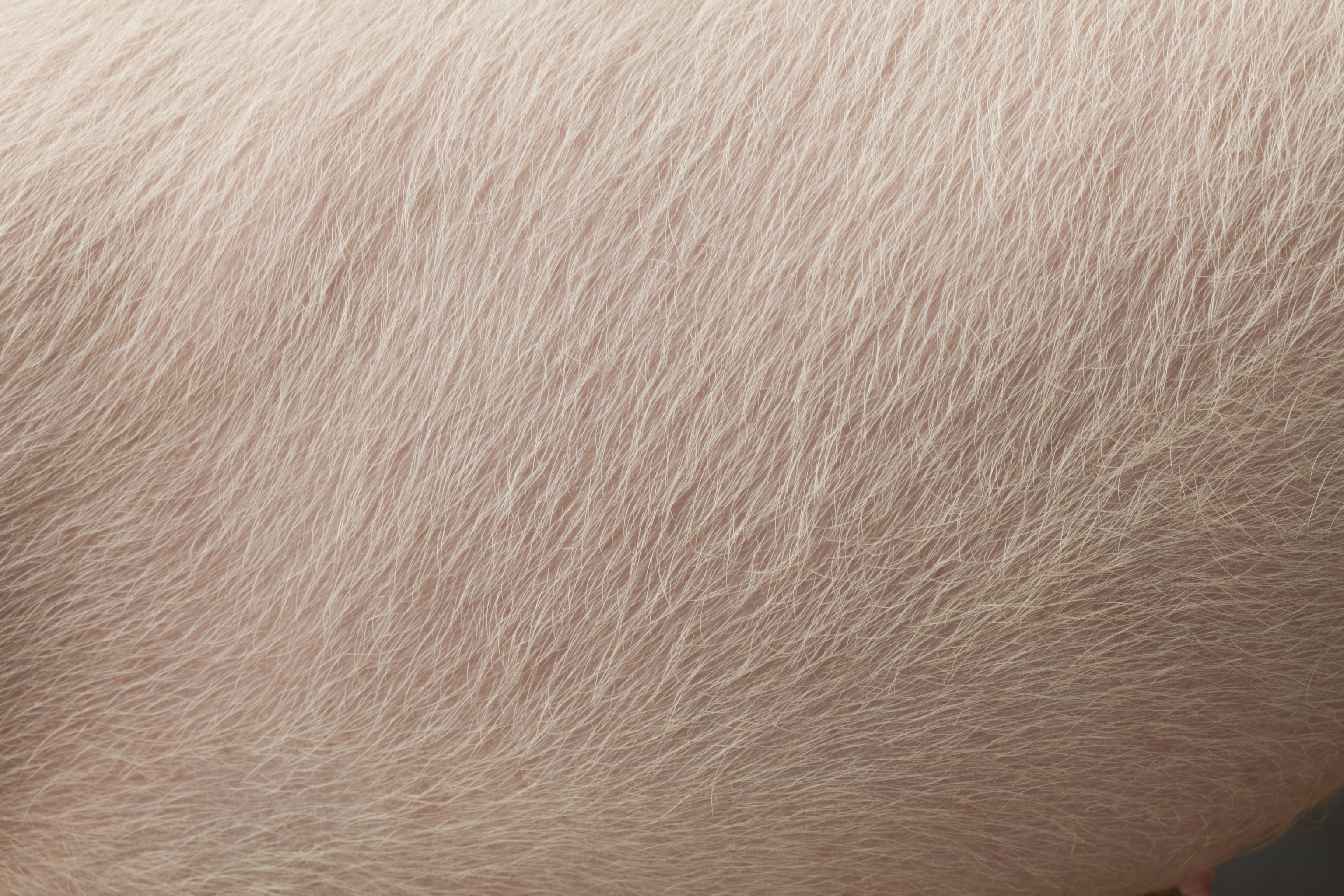Abstract
Two studies were conducted to assess the effects of dietary protein and Lys reduction on growth performance, carcass quality, N excretion, and plasma N profile in growing-finishing pigs from 35 to 180 kg. The growing trial was conducted with 72 gilts and 72 barrows with 6 pens per treatment and 6 gilts or 6 barrows per pen. Four diets with the same DE and NE were compared: 1) control diet, 2) diet with protein content reduced by 3% units compared with the control diet and supplemented with Lys HCl to match the requirements according to the 2012 NRC (FLys), 3) diet similar to FLys for protein level but supplemented with only 50% of the Lys HCl provided with FLys (-50% FLys), and 4) diet similar to FLys and -50% Flys for protein level with microencapsulated Lys added to supply 20% of the Lys provided by FLys (-80% MLys). Pigs fed the FLys diet performed in a similar manner and showed similar carcass characteristics to the control pigs. Pigs fed the -50% FLys diet had the lightest BW (P < 0.01) as well as the lightest carcass (P = 0.02) and trimmed thigh (P = 0.04) weights. Pigs fed the -80% MLys diet showed growth performance and carcass characteristics similar to the control pigs. The N balance study was conducted with 8 barrows arranged in a double replicated 4 × 4 Latin square design. The control pigs had greater (P < 0.01) N intake and urinary and total N excretion compared with pigs fed the low-protein diets. The reduction of the dietary protein concentration by 3% units decreased total N excretion by an average of 24.5% and the greatest reduction of total N excretion was obtained by the -80% MLys diet (26.12%) compared with the control diet throughout the trial. No effect of dietary treatment was observed on the plasma concentrations of ammonia, urea, and total AA in the 80-kg pigs. Decreased plasma ammonia (P < 0.01) and urea (P = 0.03) concentrations were detected in the 120-kg pigs fed the low-protein diets. The 160-kg pigs fed the -80% MLys pigs had less total AA, indispensable AA in particular (P < 0.01), than pigs fed the other diets and decreased ammonia (P < 0.01) and urea (P = 0.05) concentrations than the control pigs. The results showed that the use of microencapsulated Lys, compared with both Lys HCl and dietary protein-bound Lys, can save CP and synthetic AA in diet formulation and can reduce N excretion in manure without adversely affecting the growth performance and carcass quality of heavy growing-finishing pigs.For more information: marketing@vetagro.comRead the full text here.









